Chart Of The Day: Cars Vs. Light Trucks Over The Last Decade
After selling in virtually identical numbers in 2013, light truck sales in the United States overtook car sales in 2014 for the first time since 2011.
Light trucks, a category which encompasses everything from pickups and body-on-frame SUVs to minivans and commercial vans to SUVs and very car-like crossovers, accounted for 52% of U.S. new vehicle volume in 2014, up from 49.9% in 2013.
Passenger cars, a far more restrictive vehicle classification, achieved less than 2% year-over-year growth in the U.S. in 2014 even as the industry as a whole improved by 6%. Over the last decade, however, car volume was only twice superior to that of the 2014 level. Those two years, 2005 and 2006, also happened to be years in which light trucks outsold passenger cars. That trend came to an end in 2008, a twelve-month period which began a three-year span in which passenger cars would be the dominant force.
The light truck increase in 2014 can be divided into four groups. Pickup truck sales jumped nearly 7%. Commercial van sales rose 14%. Minivan volume was up slightly less than 5%. SUVs and crossovers overachieved with a 12% improvement to more than 5M units.
Timothy Cain is the founder of GoodCarBadCar.net, which obsesses over the free and frequent publication of U.S. and Canadian auto sales figures.
More by Timothy Cain
















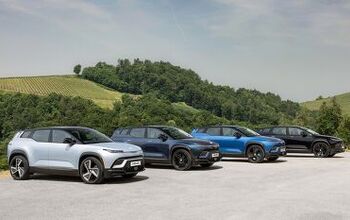


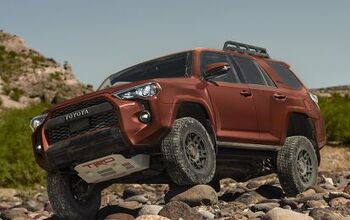
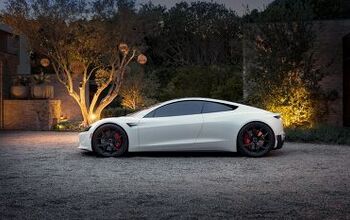
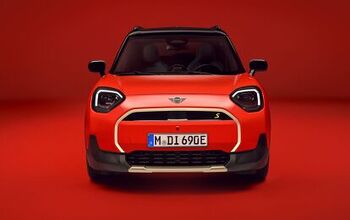
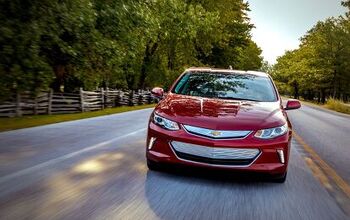

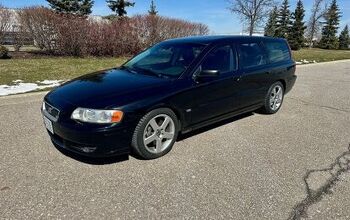


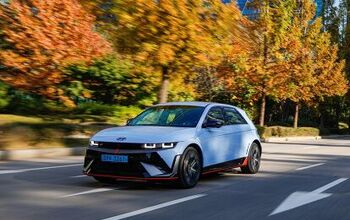
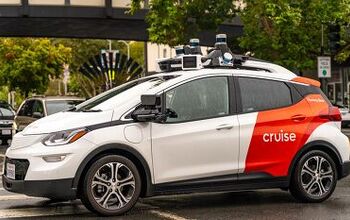

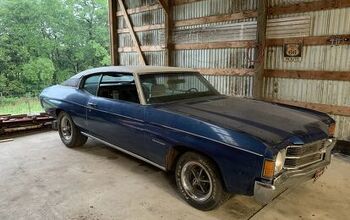
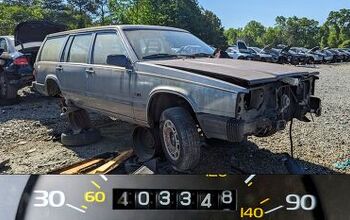

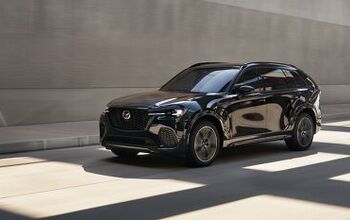
Comments
Join the conversation
@jrmason: You have a very good point that gets overlooked in these discussions of "car" vs. "truck." Minivans and the unibody crossovers are hardly trucks in the traditional sense, but rather are station wagon substitutes. I could see including traditional BOF SUVs in the truck category and some other unibody SUVs like the Grand Cherokee, because they have the ability to haul, tow, and go offroad. If we reclassified vehicles in this manner, cars would have a much higher percentage of sales than trucks. This of course will never happen primarily because of the CAFE standards.
The system of what is a truck in the US was created to protect the auto industry from actually achieving CAFE FE requirements. Trucks do have more lenient FE requirements than cars. The truck classification in the US is a throw back from days gone by. Maybe the US should modernise it's regulations to reflect what is actually occurring in the market.
@Lie2me, Oh friend of many toes and fingers, read and weep. Why do you insist on making so many dumb ass comments on this site. Most of your input is of little value or incorrect. Yourself, DiM, Pch101 and several others shouldn't get all of your info from your friends. Rumours are just that. -------------------------------------------------------------------- "2012-2016 Standards The 2012-2016 standards [2232] are based on CO2 emissions-footprint curves, where each vehicle has a different CO2 emissions compliance target depending on its “footprint” value, related to the size of the vehicle—an approach first introduced in the reformed CAFE (2008-2011) standards for light trucks. Generally, the larger the vehicle footprint, the higher the corresponding vehicle CO2 emissions target. As a result, each manufacturer will have its own fleet-wide standard which reflects the vehicles it chooses it produce. Table 1 shows the projected fleet-wide CO2 emission and fuel economy requirements. The EPA CO2-equivalent fuel economy figures are different from the CAFE figures because the EPA allows additional CO2 credits for air conditioning improvements." The link, look at at Table 1. This should enlighten you; https://www.dieselnet.com/standards/us/fe_ghg.php
I don't really care much about trucks, but an article on them in the Feb issue of Car & Driver made me wonder a bit. Take the Ram 1500 Laramie Longhorn Limited 4X4 Crew Cab. Curb weight is 5964 lbs, GVWR 6900 lbs. To me that signifies a mere 936 lbs of payload, or about four fully Big Mac fed construction workers. Do their tools arrive in an auxiliary vehicle? Or, as I suspect, do they just throw them in the bed along with a portable concrete mixer and call it a day? Why bother with safety rules, right? The equivalent Ford which has a similarly chimeric name beats the Dodge with 1423 lbs payload. Makes no sense to me that such large vehicles have such small payloads. Putting aside Ford World Ranger diesel half-tons roaming the Northern Territory of Awestrialia with 1200 kgs of payload towing 747s into hangars at 43 mpg, why are these payloads so restrictive? Is it just a matter of suspension packages? My personal car has a weight of 3450 lbs and a GVWR of 4400, so it can carry 950 lbs, ostensibly more than the gargantuan Ram.